Housing
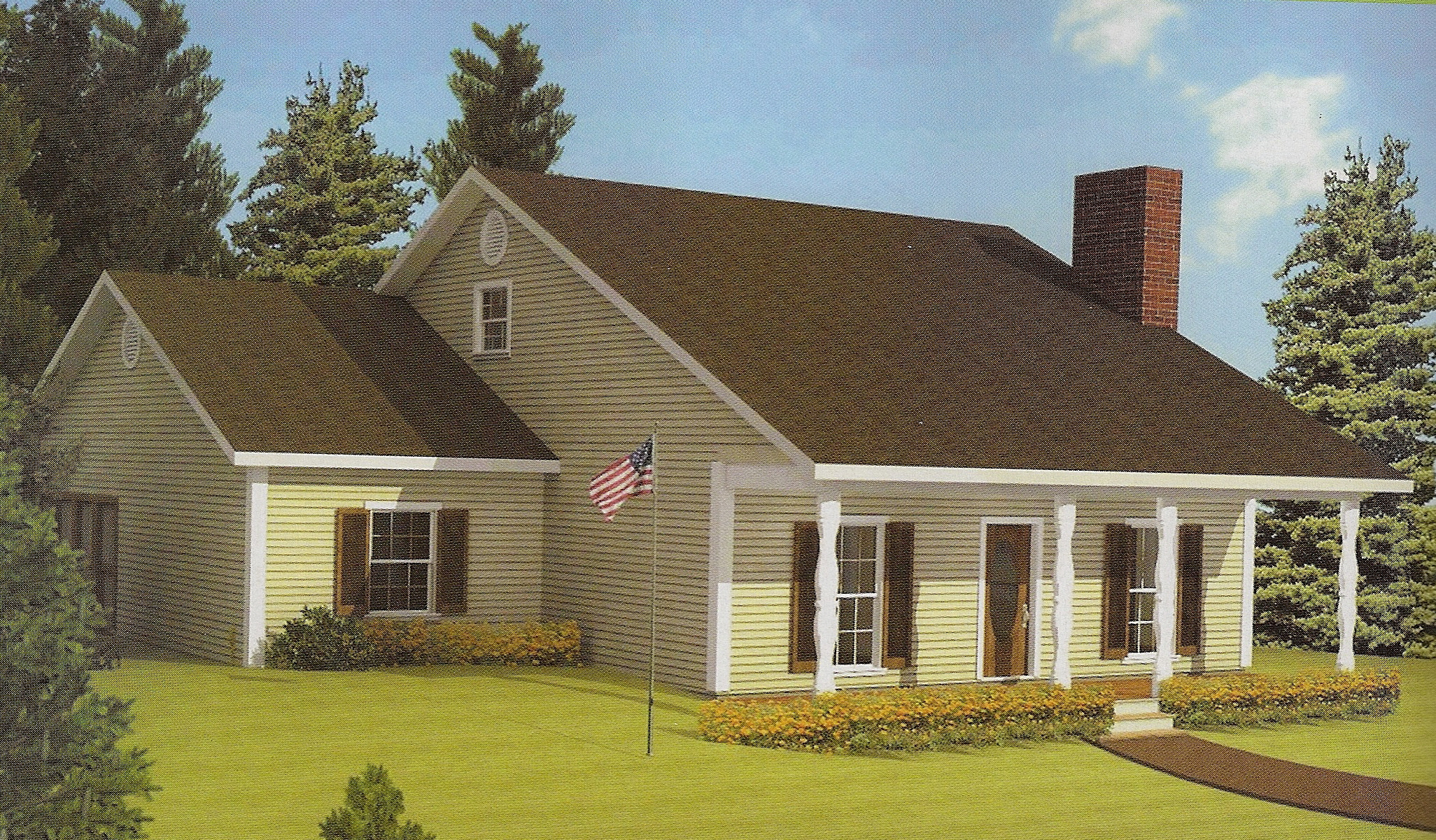
Homes for the Brave and Home of the Braves
Homelessness
Thirty-three percent of the homeless are veterans. Approximately 40% of the homeless men are veterans. According to HUD’s 2011 Annual Homeless Assessment Report, 67,495 Veterans experienced homelessness on a given night in 2011.
Female homeless veterans represent an estimated 3% of homeless veterans. They are more likely than male homeless veterans to be married and to suffer serious psychiatric illness, but less likely to be employed and to suffer from addiction disorders. Comparisons of homeless female veterans and other homeless women have found no differences in rates of mental illness or addictions.
Veteran homelessness is heavily concentrated in the urban centers of populous states. Some states have a disproportionate share of Veterans experiencing homelessness when compared to their total Veteran population. More than half (52 percent) of Veterans who experience homelessness were located in California, New York, Florida, and Texas, whereas only 28 percent of all Veterans live in these states. Veterans who are experiencing homelessness and using shelters are also more likely to live in urban areas. Although only 31 percent of all Veterans live in principal cities, 68 percent of sheltered Veterans experiencing homelessness were located in principal cities.
A lack of affordable rental housing can be a serious problem in rural areas. Many low-income rural households live in overcrowded housing with friends or family, or live in substandard housing. Veterans are more likely than non-Veterans to live in rural areas. Veterans in rural areas tend to be older and in worse health than Veterans in urban areas.
Because rural Veterans experiencing homelessness are not easily identifiable and not engaged in services, it is difficult to capture an accurate picture of the number of Veterans experiencing homelessness in rural communities.
Minorities are overrepresented among homeless Veterans (56% are African-American or Hispanic), just as they are among the homeless population in general. Black Veterans are 1.4 times more likely to be homeless than white Veterans. The majority of homeless Veterans are single, and most come from poor, disadvantaged communities.
According to the 2010 Annual Homeless Assessment Report, Native Americans represent 0.7 percent of the total population of Veterans but represent 2.5 percent of Veterans experiencing homelessness. Native American Veterans may be at greater risk of homelessness because, compared to non-Hispanic white Veterans they are more likely to be unemployed, less likely to have health insurance, and more likely to forego needed medical care. In addition, there is a severe lack of adequate and affordable housing for Native Americans living on reservations.
Housing Program
Have you ever wondered why there is so much homelessness and so many vacant, abandoned houses ? Well, that problem can be solved by helping homeless veterans to repair and purchase those vacant, abandoned houses.
There are approximately 10.3 million vacant homes and approximately 1.4 million at risk homeless veterans, in America. Our housing program will bridge the gap between our nation's vacant housing problem and homelessness. With a comprehensive, systematic approach and assistance from both our government and local communities we will provide housing for our homeless and revenue for our cities.
Have you ever wondered why there is so much homelessness and so many vacant, abandoned houses ? Well, that problem can be solved by helping homeless veterans to repair and purchase those vacant, abandoned houses.
There are approximately 10.3 million vacant homes and approximately 1.4 million at risk homeless veterans, in America. Our housing program will bridge the gap between our nation's vacant housing problem and homelessness. With a comprehensive, systematic approach and assistance from both our government and local communities we will provide housing for our homeless and revenue for our cities.
Our homeless veterans can be helped by providing them: supportive housing and services, employment, businesses experience, and permanent housing.
Supportive Housing includes:
- Transitional housing
- Food
- Transportation.
- Recreational facilities.
- Laundry facilities.
The supportive housing facility will be governed by the following set of policies:
- Admission.
- Personnel and staffing.
- Professional Services.
- Client Records.
- Client Rights.
- Medication Administration.
- Recreational Opportunities.
- Health, Hygiene, and Grooming.
- Clothing.
- Day Activities.
- Safety.
Supportive housing will provide the supervision and security arrangements necessary for the protection of the homeless veteran residents. The supportive housing will have a fire alarm system connected directly to the Fire Department. There will be certified nurses aides supervising the facility twenty-four (24) hours per day, seven days per week.
Living Learning and Working Inc. will be directly responsible for:
- Education and job training counseling and testing.
- Education and job training.
- Employment counseling and assistance.
- Assistance in setting up and running businesses.
- Permanent housing, including rental assistance.
- Homeless veteran advocacy.
- An evaluation of the supportive services once every three months.
- Generating and maintaining financial information.
- Establishing and maintaining a database of homeless veterans.
- Administration of the all the support services.
- Generating and maintaining client education and job related information.
Living Learning and Workig Inc. will provide a supportive housing facility for homeless veterans, who are able to perform basic self-help activities including eating and bathing with the ability to take care of their own possessions and maintain a reasonable state of orderliness and cleanliness.
The primary purpose of the facility is to provide a supportive housing environment for persons who do not need intermediate care. In other words, the supportive housing facility will provide personal care services for adults who are able to function in a group setting with minimal supervision. The facility is appropriate for individuals who are suffering behavior heath disorders, but who are able to function at an acceptable level within a family unit and the community.
Facilities will be located in Illinois, Mississippi, and on Indian Reservations.
The facility will provide transitional residences for homeless veterans for a 24-month period or until the veterans are able to find permanent housing. The supportive housing will provide food, transportation, and recreational facilities.
Pictures of a typical planned facility are shown below.
Living Learning and Working Inc. Copyright @ 2020
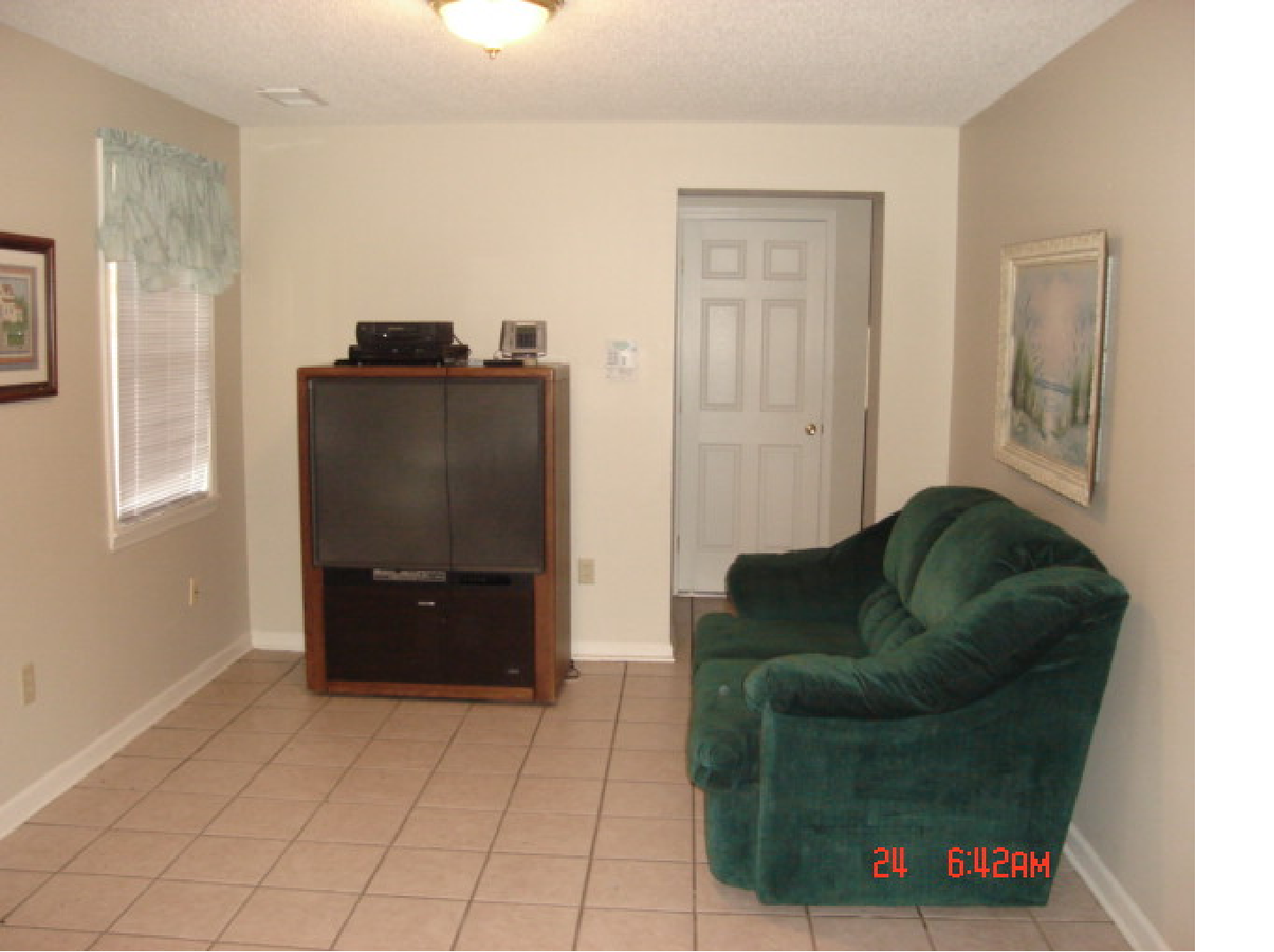
Facility Great Room
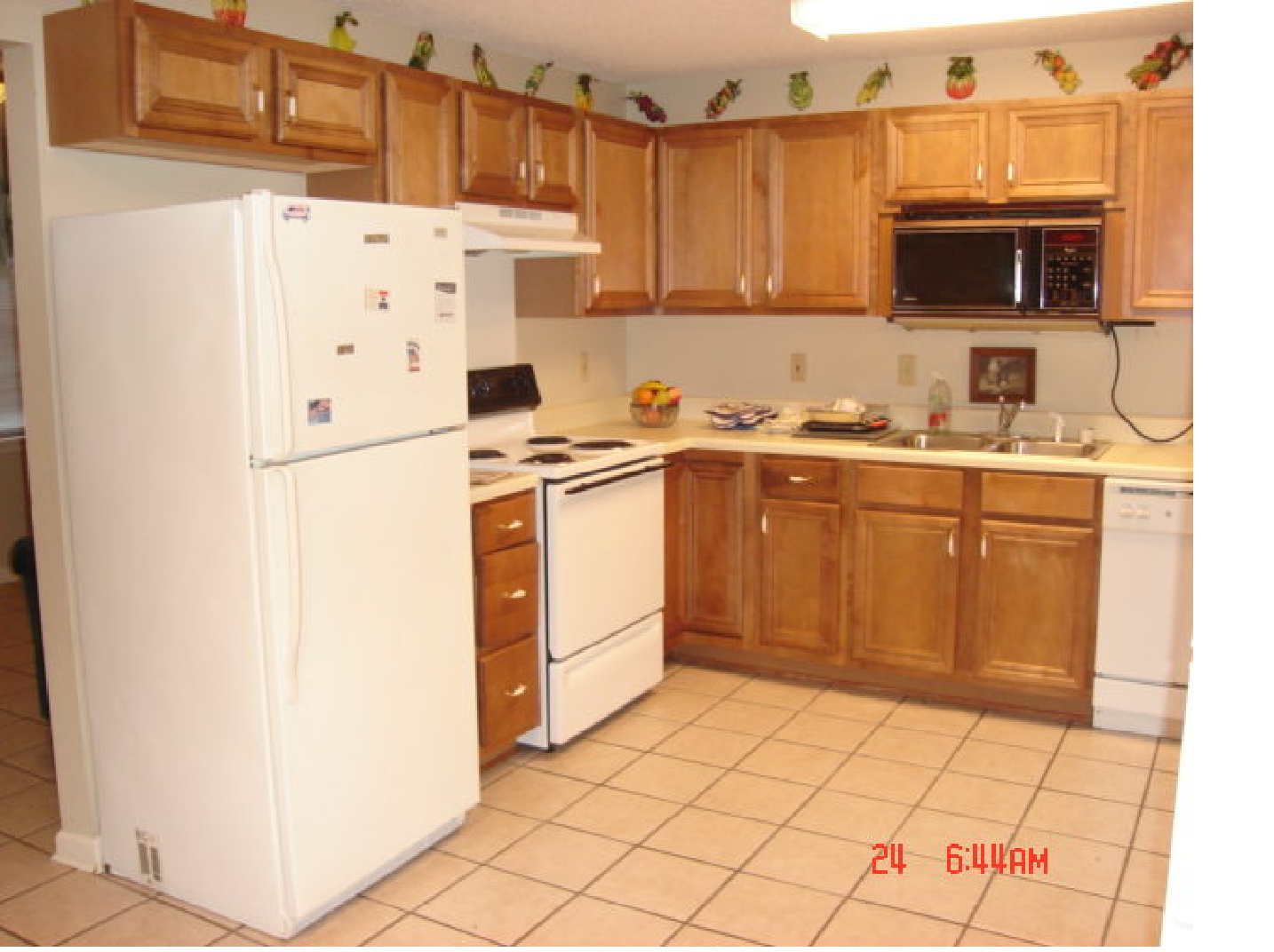
Facility Kitchen
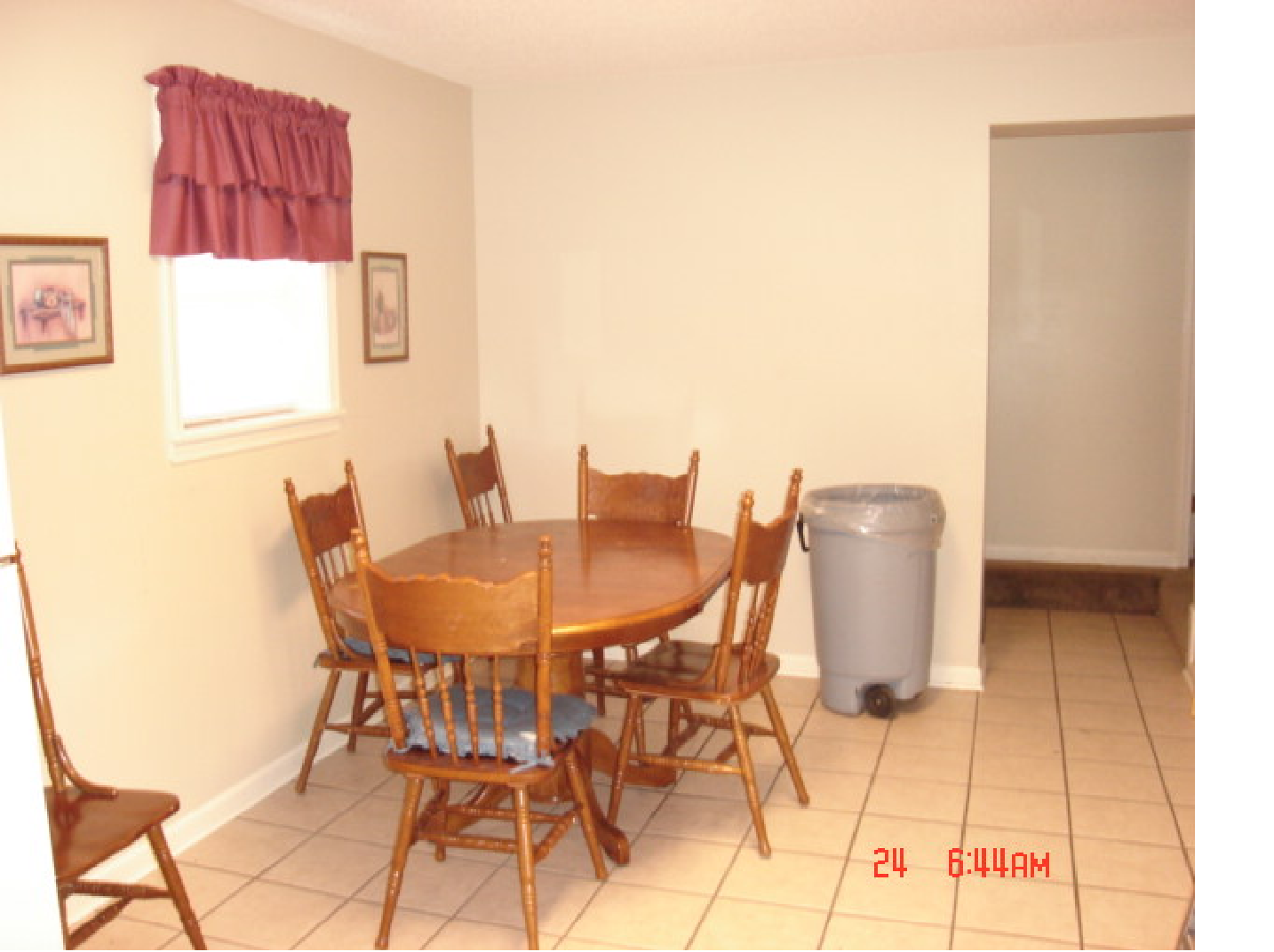
Facility Dining Room
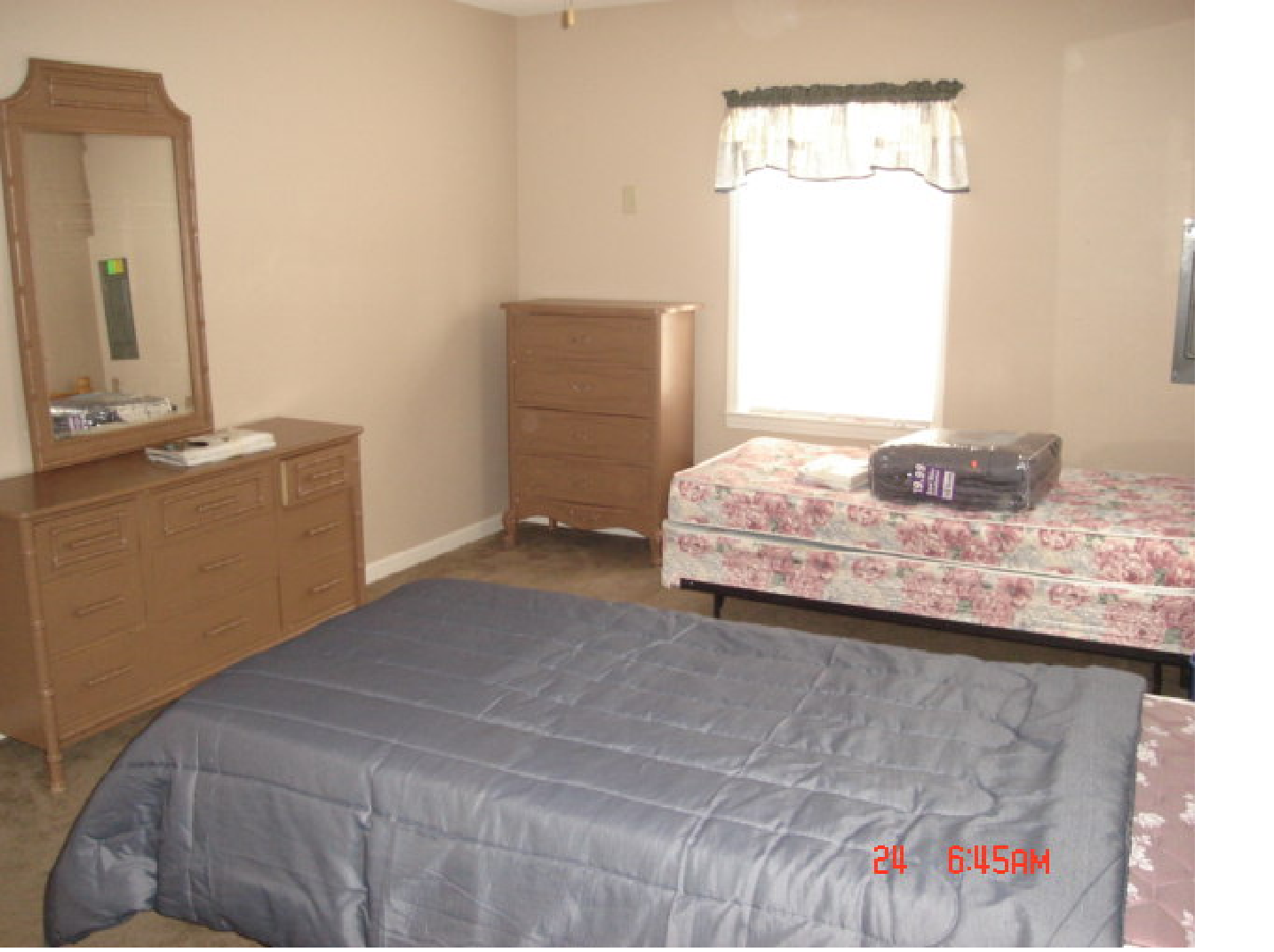
Facility First Bed Room
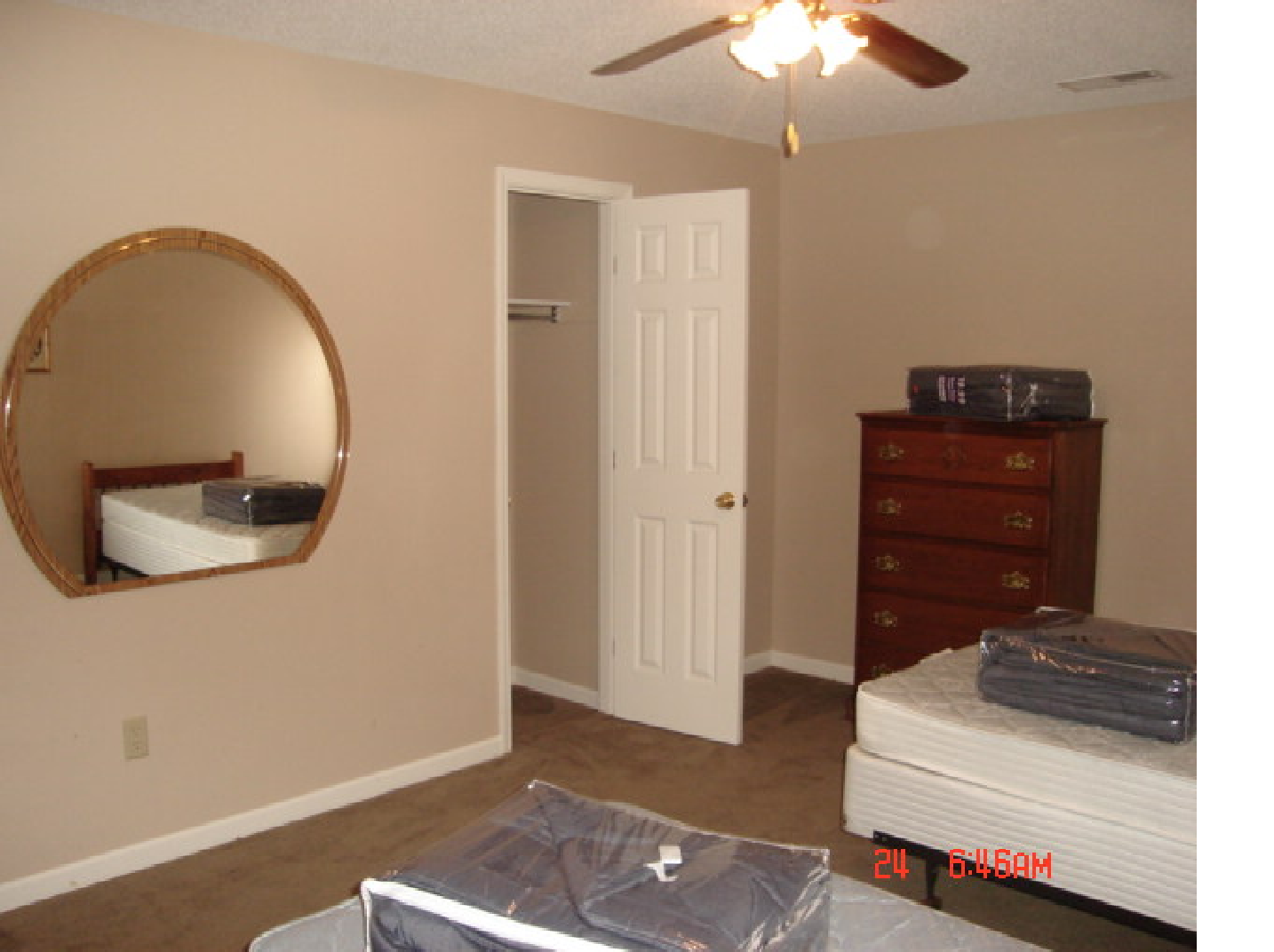
Facility Second Bed Room
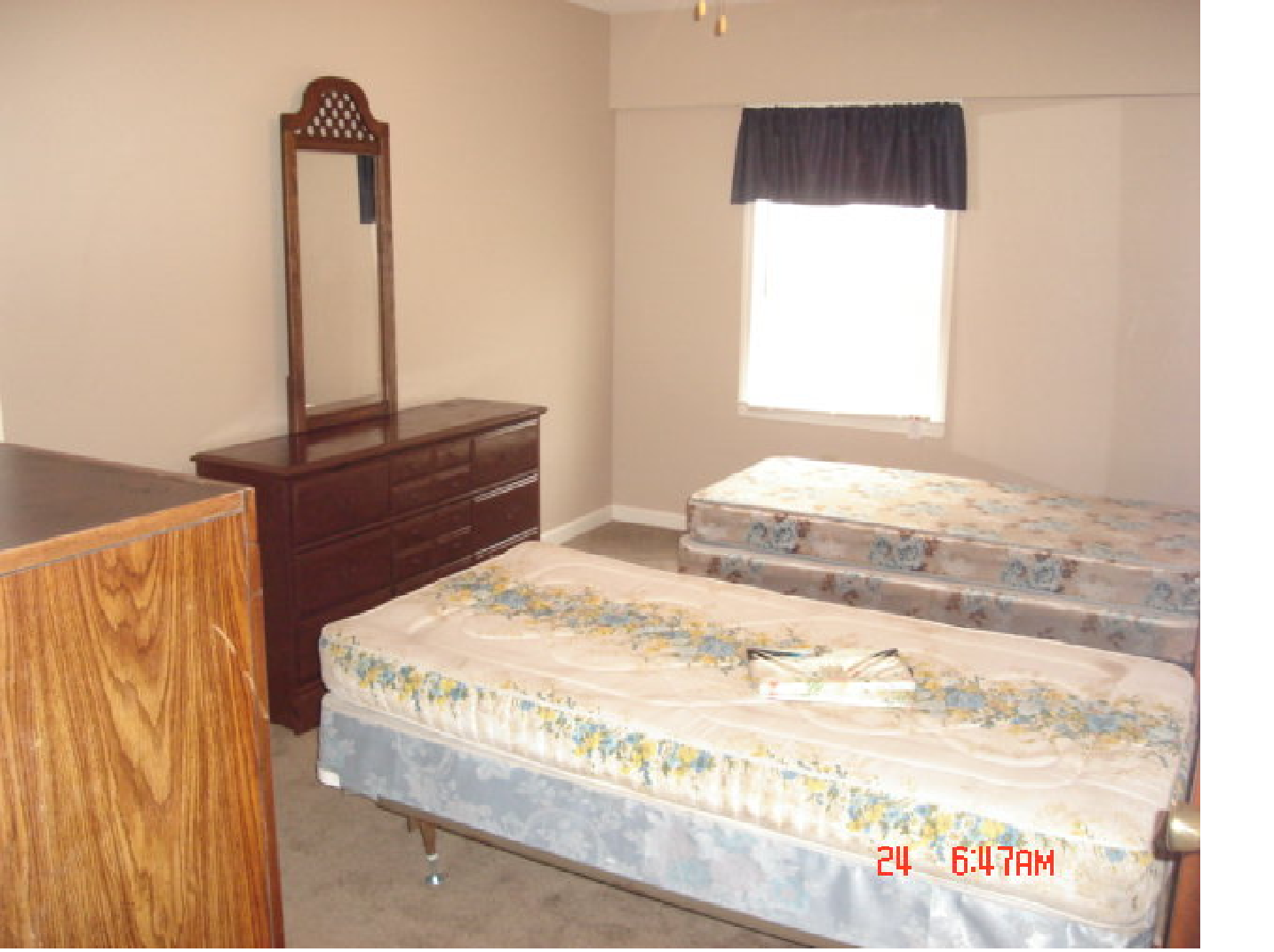
Facility Third Bed Room
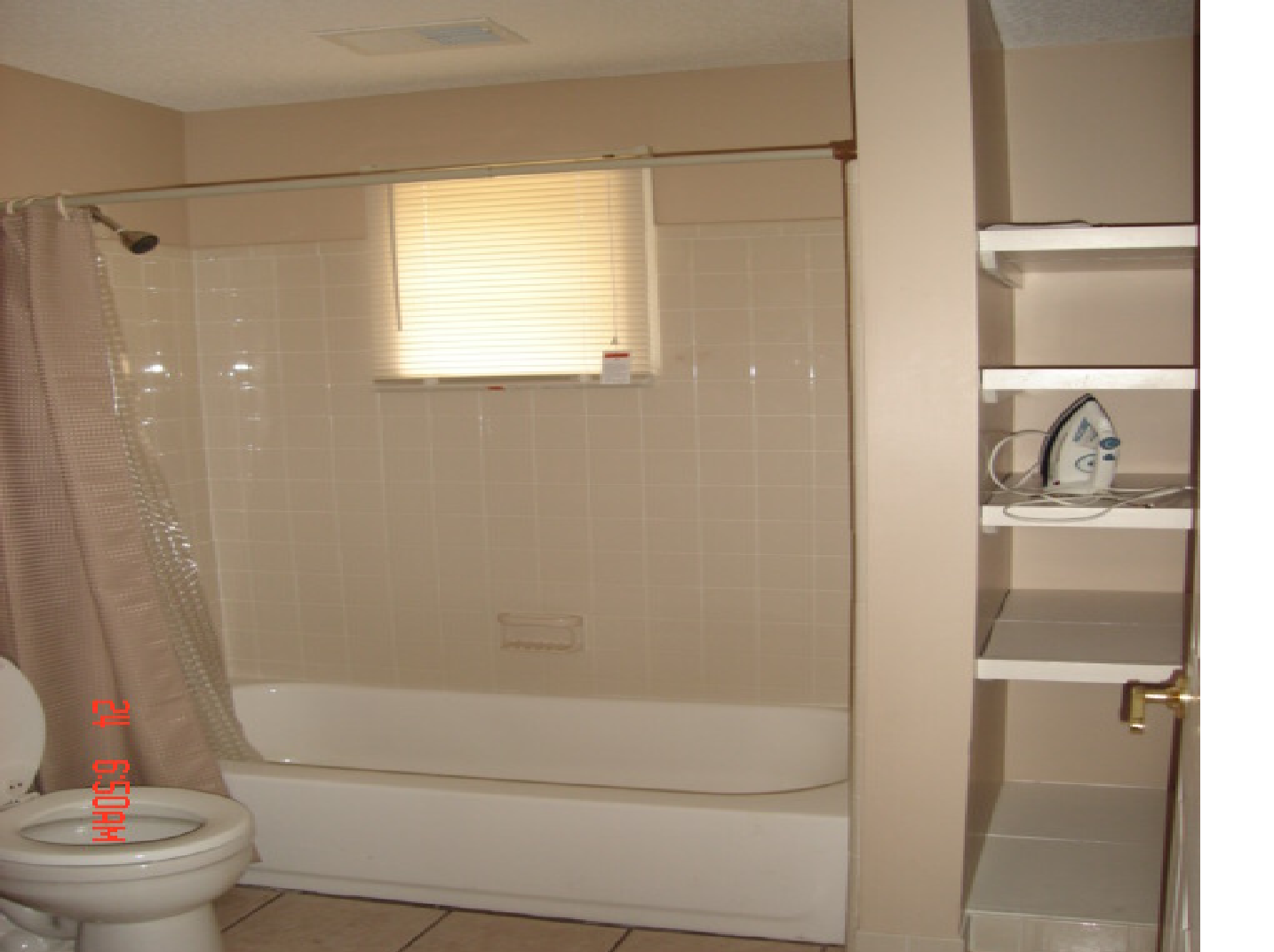
Facility Bathroom with Shower and Tub
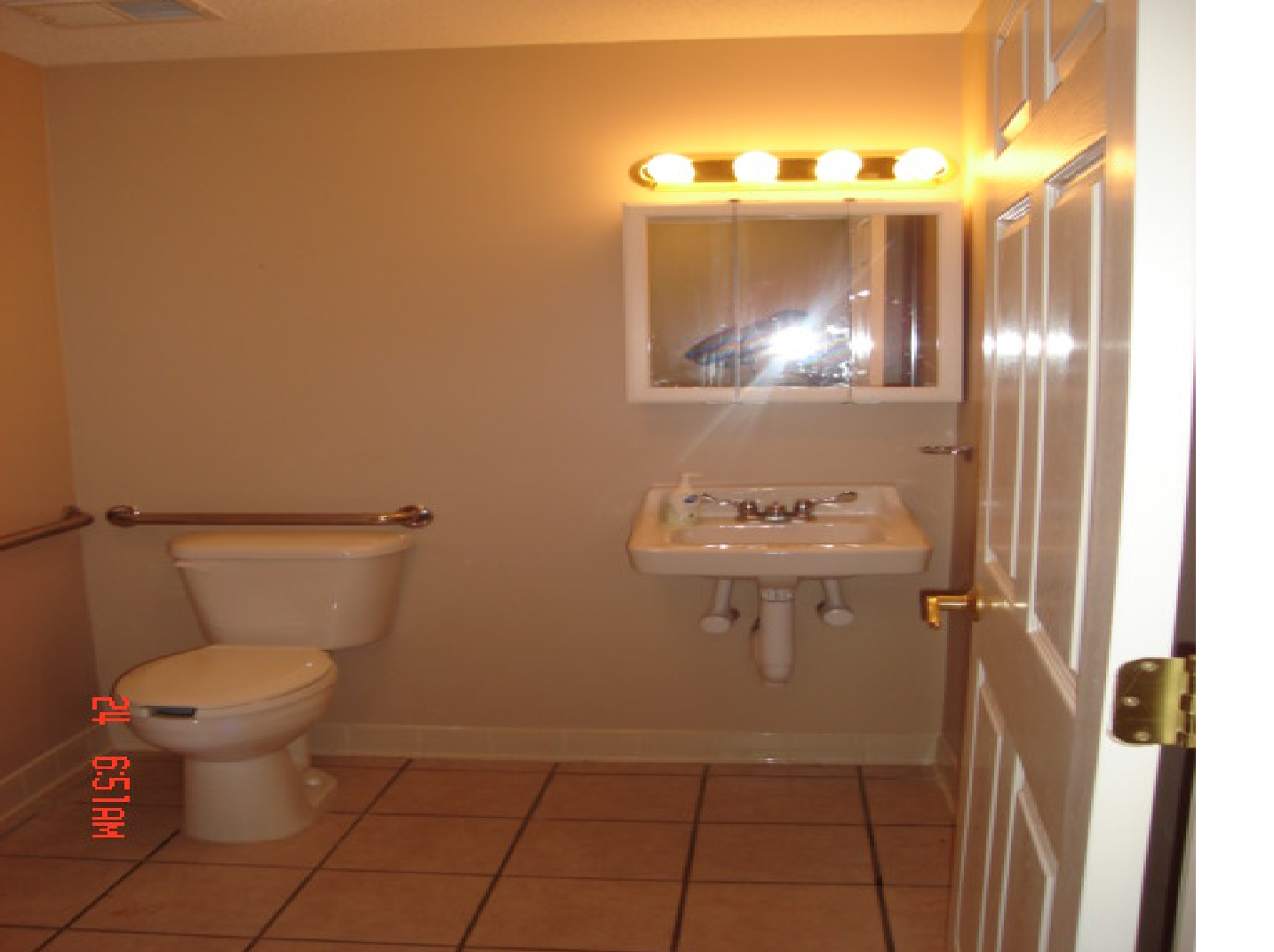
Facility Toilet
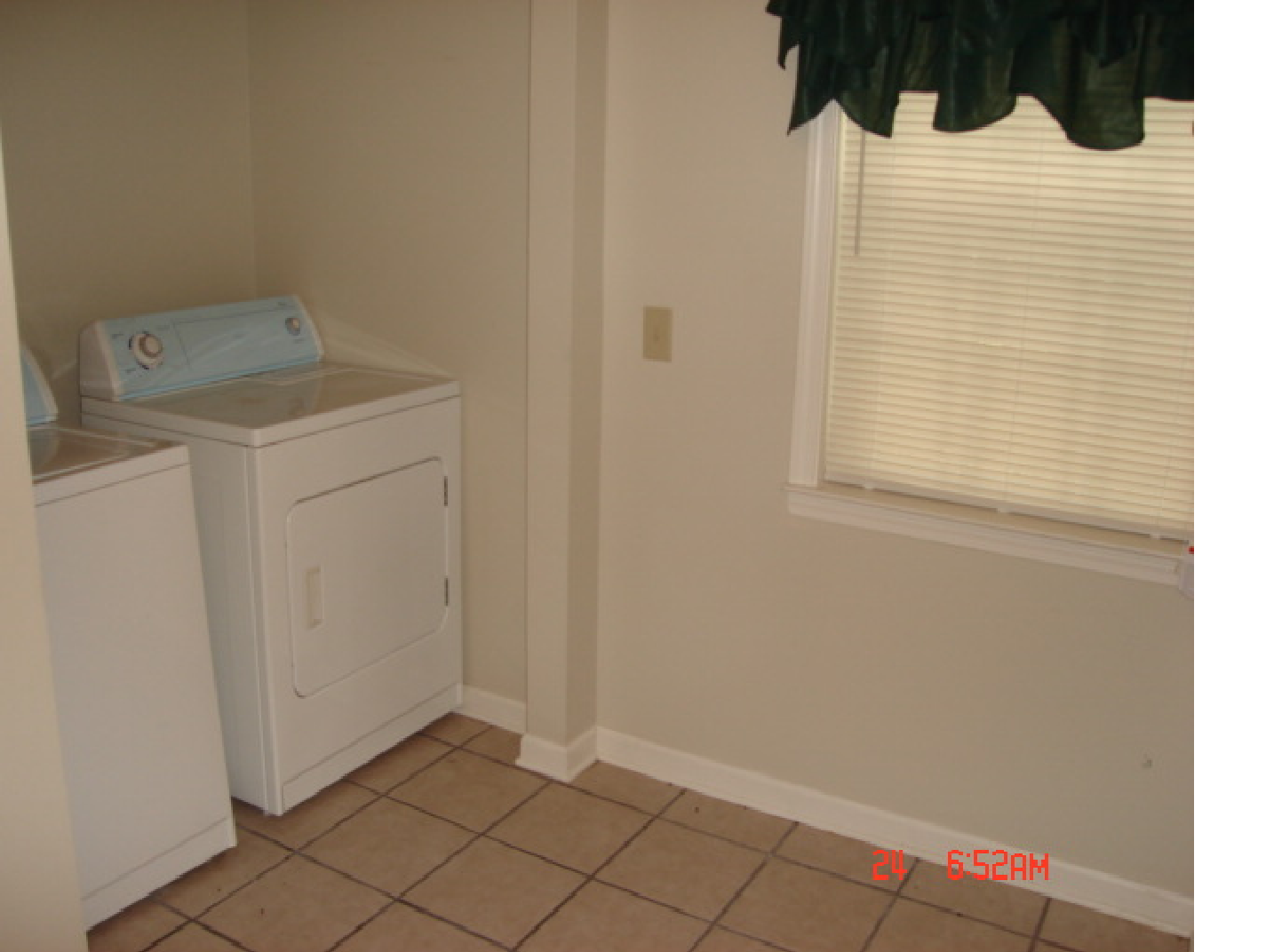
Facility Laundry Room
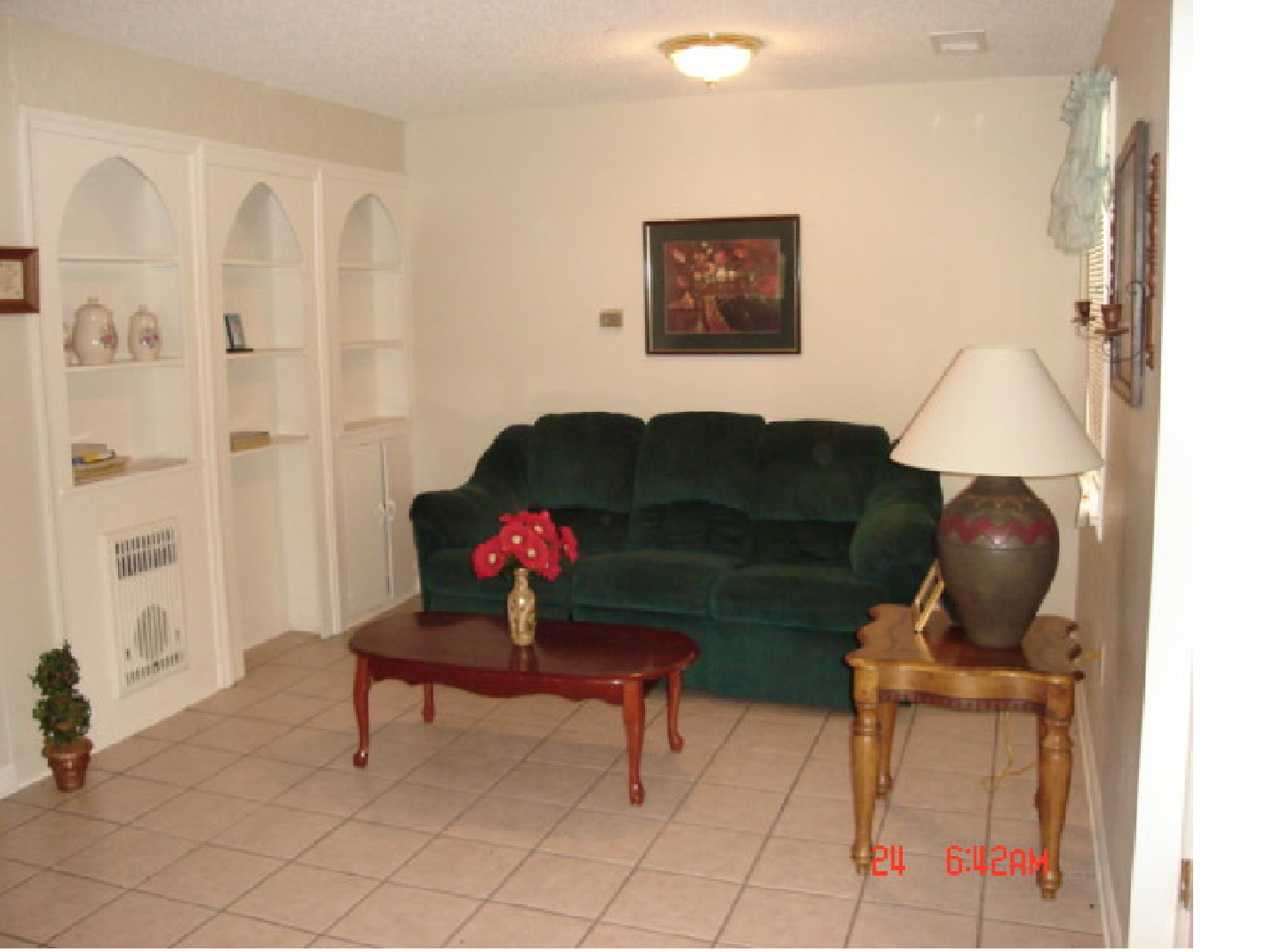
Facility Lobby
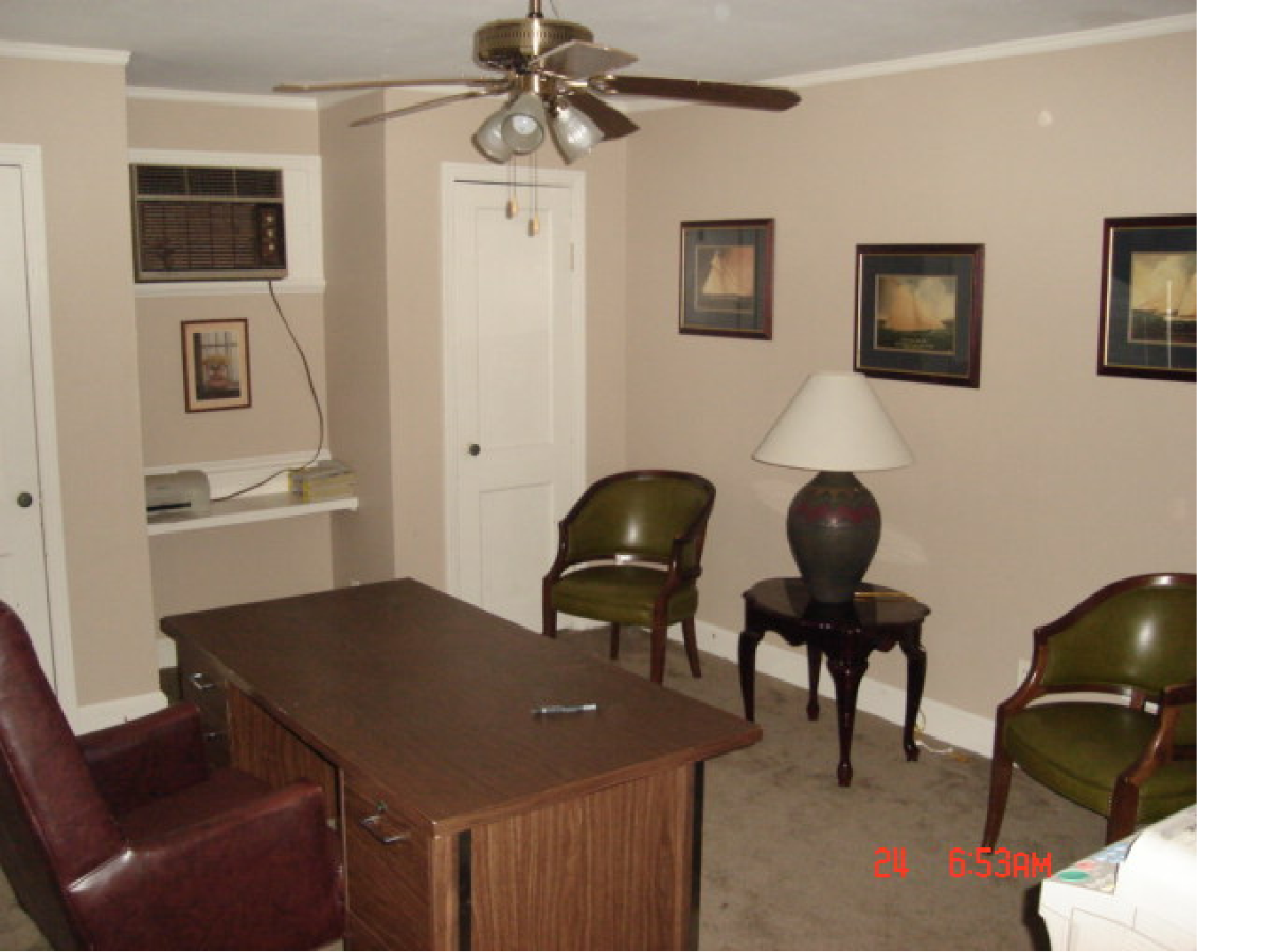
Facility Administration Office
Veteran Village
The village will have a sustainable design using a holistic approach which takes into account economic, social, and environmental considerations. In order to achieve sustainable development, Living Learning and Working will:
- Factor the local climate into the village design.
- Climate is an important part of what makes a place unique; building designs often reflect local climatic conditions.
- Plan for water conservation and recycling.
- Water-conserving plumbing fixtures and faucets will be used.
- Graywater and rooftop rainwater-harvesting systems to recycle water and natural drainage systems will be used.
- Landscaping with native plants and drought-tolerant plants adapted to local climate and moisture will be employed to reduce the need for intensive irrigation.
- Optimize the efficiency of energy and transportation systems.
- Energy efficiency will be built into the design and construction of the veterans’ villages in order to minimize or eliminate the use of nonrenewable energy sources.
- Solar panels and wind turbines will be used to enhance energy efficiency.
- Low energy lighting, such as LED lights, will be used to reduce energy consumption and avoid pollution from the use of fossil fuels.
Living Learning and Working Inc. Copyright @ 2020
Home Ownship
Veterans can own a home for less that it costs them to rent if they have the money to pay the closing costs. Veterans are not required to make a down payment. See the information below.
Living Learning and Working Inc. Copyright @ 2020
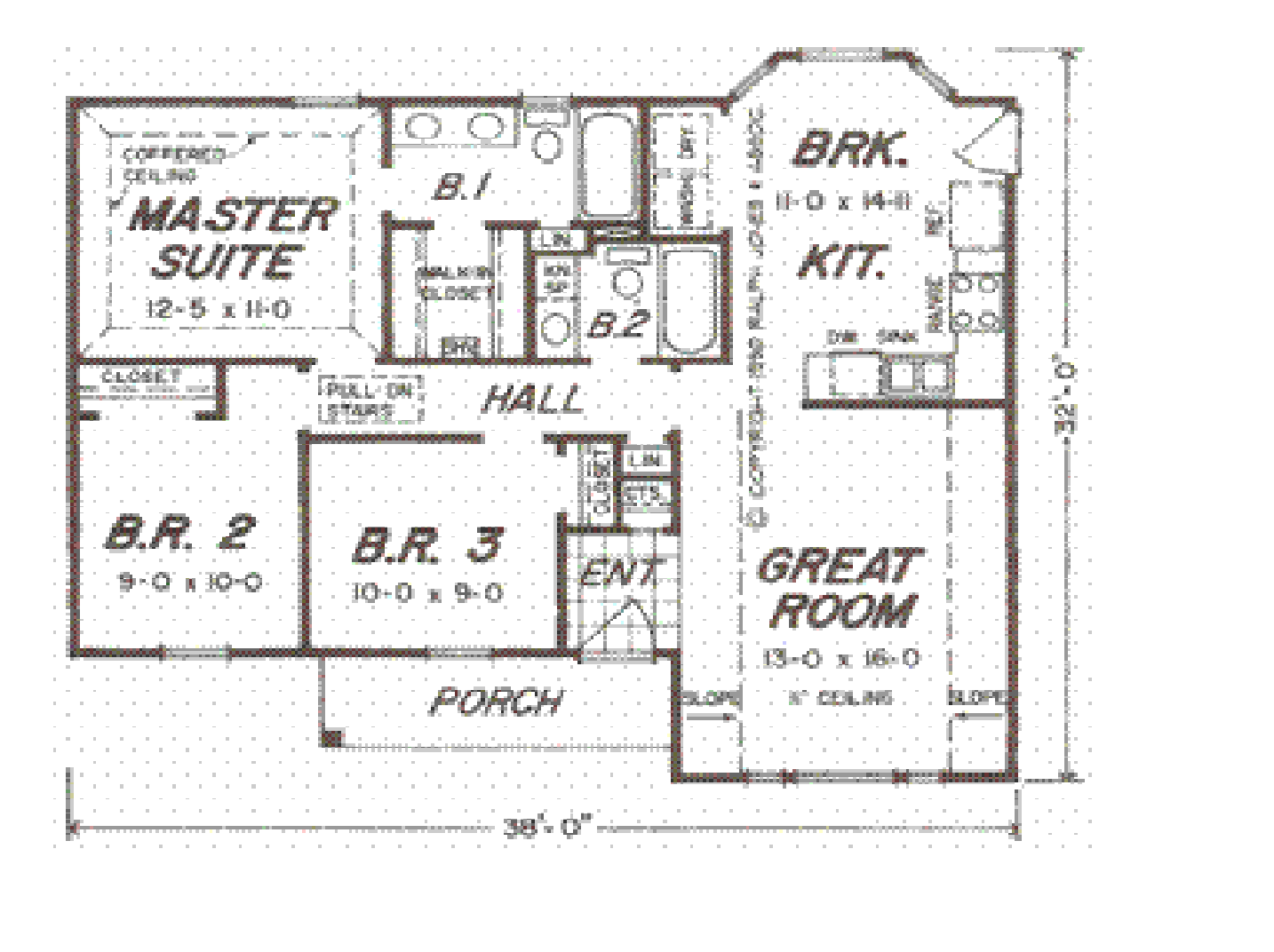
A Typical House Plan
Features of the Typical House
- 1021 Square feet of living space
- 11 foot ceiling in great room or living room
- Kitchen and breakfast room combined
- 3 bedrooms
- 2 bathrooms
- Slab or crawl space foundation
- Brick or Vinyl Siding
Living Learning and Working Inc. Copyright @ 2020

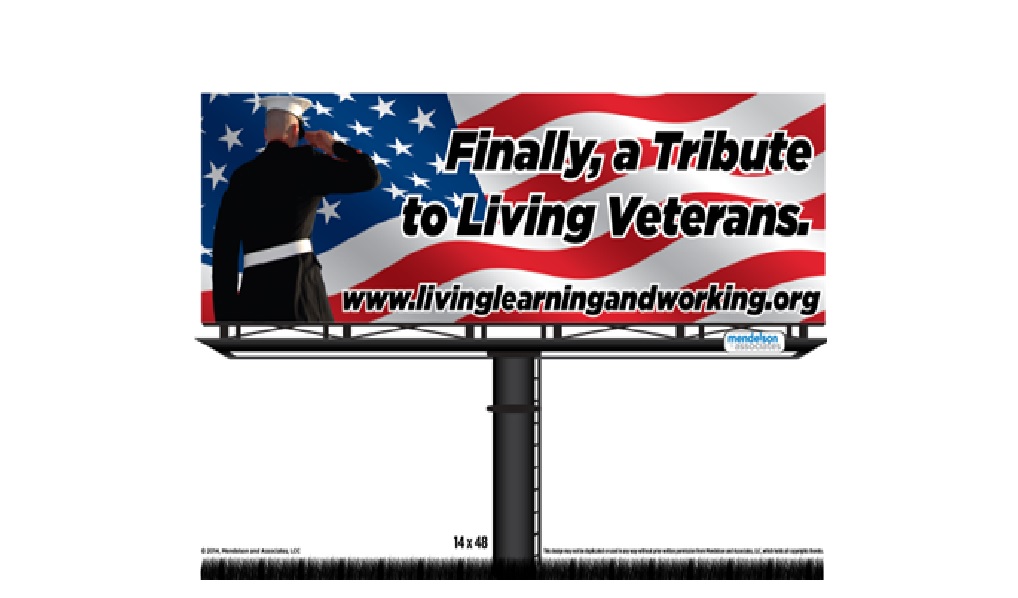
Living Learning and Working Inc. Copyright @ 2017